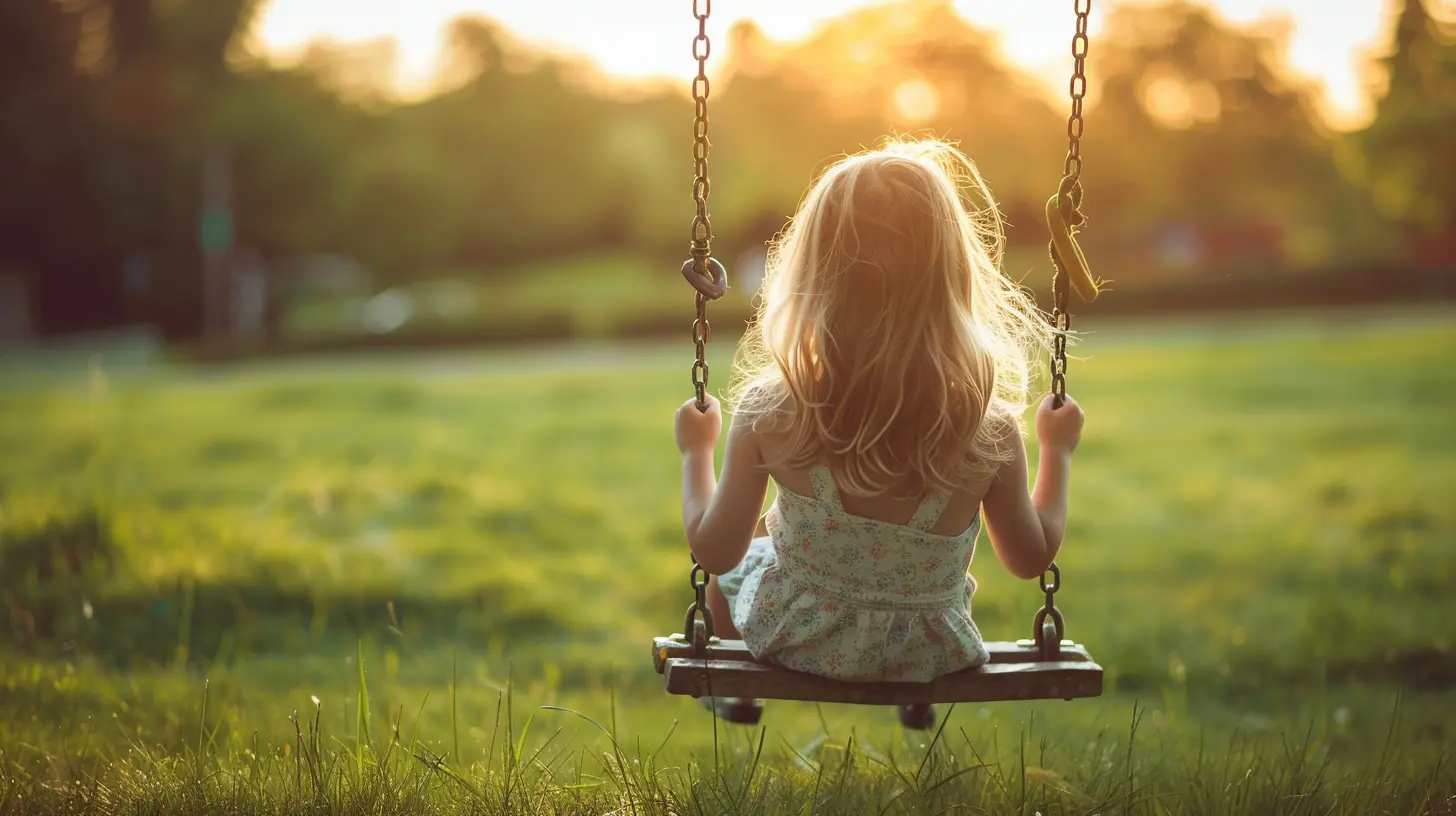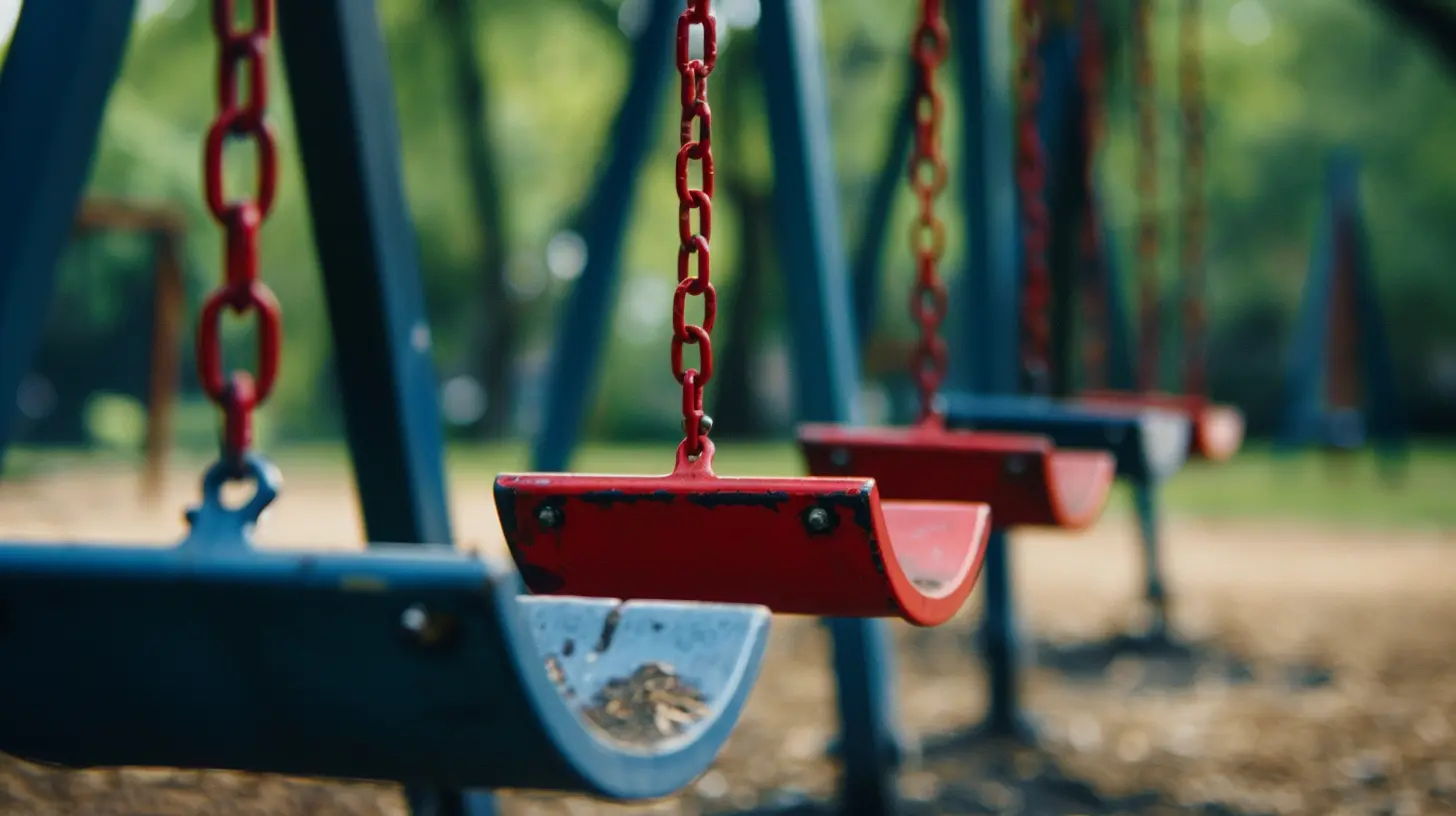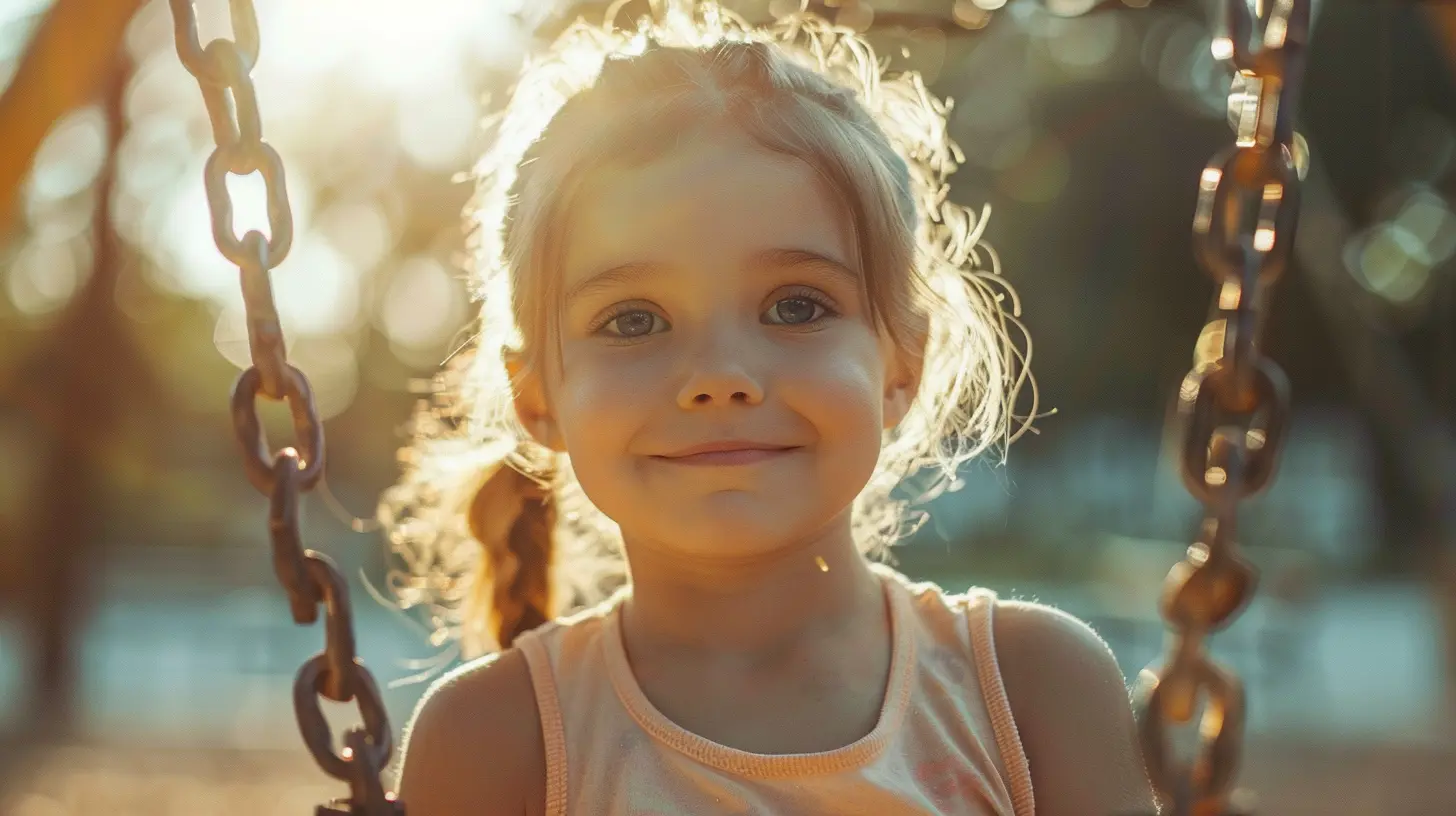The Link Between Physical Activity and Mental Wellness in Children
2 July 2025
We all know that physical activity is great for kids. It helps them grow strong, stay at a healthy weight, and build endurance. But here's something more people are starting to notice—moving their bodies also helps children feel better emotionally and mentally. Sounds pretty amazing, right?
In this article, we're digging deep into the connection between physical movement and mental wellness in kids. From boosting mood to reducing anxiety, we'll explore how getting active supports their overall happiness and emotional health.
Why Mental Wellness in Kids Matters More Than Ever
Let’s start here—life isn’t as simple for kids as it used to be. Screen time is up, outdoor play is down, and academic pressure seems to start earlier every year. Add in social media, peer pressure, and sometimes a lack of sleep, and it’s no wonder we’re seeing more kids struggle with anxiety, depression, and emotional regulation.Mental wellness isn’t just the absence of illness. It’s how kids cope with stress, relate to others, and bounce back from setbacks. It's their emotional foundation for life. When mental wellness is off-balance, everything else—learning, relationships, even physical health—takes a hit.
So how can physical activity turn things around? Let’s break it down.
The Science Behind Movement and Mood
There’s actually a lot going on in a child’s brain when they move. Whether it’s running, dancing, climbing, or riding a bike, physical activity triggers a chemical reaction. These movements boost brain chemicals like:- Endorphins – aka the feel-good hormones
- Dopamine – helps with motivation and focus
- Serotonin – improves mood and helps with sleep
- Norepinephrine – reduces stress
Think of it like this: physical activity is a natural brain booster. It’s like giving your child’s brain a refreshing smoothie full of all the right stuff to help them feel good and stay balanced.
How Physical Activity Supports Mental Wellness in Kids
It’s not just about the science. The benefits show up in how kids behave, learn, and even how they feel about themselves.1. Reduces Anxiety and Stress
When kids move, they release built-up tension and stress. It’s kind of like shaking a soda bottle and then slowly letting out the fizz. Exercise gives that pressure a safe outlet and helps calm the mind.A game of tag, a dance party in the living room, or a swim at the pool can do wonders for managing anxious feelings. Plus, active play can distract from negative thoughts, providing a mental break.
2. Improves Focus and Academic Performance
Ever notice how kids concentrate better after a bit of playtime? That’s no accident.Physical activity increases blood flow to the brain, which helps with focus, memory, and problem-solving. Some schools that have incorporated movement breaks see better classroom behavior, higher test scores, and more engaged students.
So yes, letting your kid run around may actually make them smarter!
3. Boosts Mood and Emotional Resilience
Kids who get regular exercise tend to be happier. It’s that endorphin magic at work again. But it goes deeper.Being active—especially in games that involve teamwork or personal challenge—helps kids build confidence. They start to believe in themselves and handle emotions better. They deal with winning and losing, improve their social skills, and develop a “can-do” attitude.
4. Improves Sleep Quality
Let’s face it—sleepless kids are cranky kids. Physical activity during the day helps them fall asleep faster and sleep more soundly.And since sleep and mood are closely linked, better rest leads to better behavior, less irritability, and a clearer mind.
5. Boosts Self-Esteem and Body Confidence
Feeling strong in your body often translates to feeling strong in your mind.Kids who are active tend to feel better about how they look and what their bodies can do. That sense of pride and body-awareness helps build a positive self-image, which is vital during pre-teen and teen years when self-esteem often takes a hit.
Types of Activities That Support Mental Wellness
Okay, so moving is good. But does it matter how kids move? Yes and no.While any physical activity is better than none, certain types tend to offer more benefits for mental wellness.
✅ Aerobic Activities
Running, swimming, biking, dancing—these get the heart pumping and encourage the release of mood-lifting chemicals. Just 20 to 30 minutes a day can make a real difference.✅ Team Sports
Soccer, basketball, baseball—team sports not only get kids moving but also promote social skills, discipline, and teamwork. The shared wins and losses build resilience and connection.✅ Mind-Body Activities
Yoga, martial arts, and even simple stretching can improve emotional regulation. These activities also build a mind-body connection that helps kids tune into how they’re feeling.✅ Free Play
Sometimes the best activity is just letting kids be kids. Playing outside, climbing trees, jumping on a trampoline, or just running around with friends—unstructured play is vital for mental freedom and creativity.How Much Physical Activity Do Kids Need?
The World Health Organization recommends that children aged 5-17 get at least 60 minutes of moderate to vigorous physical activity daily.But here’s the important part—it doesn’t have to be all at once. Breaking it up into 15 or 20-minute blocks throughout the day can work just as well. The key is to make it fun and consistent.
Overcoming Common Barriers
We get it—life is busy. Between school, homework, screen time, and other obligations, it can feel tough to squeeze in physical activity. But there are creative ways to make it work.No Time?
Try integrating movement into daily routines. Dance while brushing teeth. Walk or bike to school. Do jumping jacks during commercial breaks.Not Safe to Play Outside?
Look for local community centers or indoor gyms. Or create a simple indoor obstacle course with pillows, blankets, and furniture.Lack of Motivation?
Make it social. Invite friends over for active play or join a local sports team. Sometimes kids need a buddy to get moving.The Role of Parents and Caregivers
Let’s be honest: kids mimic what they see. If you want them to move more, show them how it’s done.You don’t have to be a marathon runner. Taking evening walks as a family, doing yoga together, or even playing tag in the backyard sends the message that movement is essential—and fun.
Praise effort over perfection. Celebrate small wins. Make it about feeling good, not just “doing something healthy.”
When to Seek Extra Help
While physical activity can be a powerful tool for mental wellness, it isn’t a standalone cure for serious mental health challenges.If your child shows signs of chronic anxiety, depression, withdrawal, or changes in behavior that seem concerning, reach out to a pediatrician, counselor, or child psychologist. Physical activity can complement treatment, but professional support is vital when the issues run deeper.
Encouraging Sustainable Habits
Here’s the golden rule: keep it simple and fun.If you try to force structure or push performance, kids might lose interest. But if you let them find joy in movement—whether it’s skateboarding, climbing, dancing, or even gardening—they’re more likely to stick with it.
Create a weekly goal chart. Let them pick a new park to visit. Make movement a reward, not a chore. Little habits build up over time, and eventually, being active just becomes... well, part of who they are.
Final Thoughts
It’s easy to think of physical activity as something that's mainly good for the body. But the truth is, it’s just as crucial for the mind—especially in children.When kids move, they smile more, focus better, sleep deeper, and connect with others more easily. They learn how to manage stress, build confidence, and navigate the rollercoaster of growing up.
And the best part? It doesn’t require a gym membership or a fancy routine. Just a bit of movement every day—matched with love and support—can spark lifelong habits that nourish both the body and the brain.
So the next time your kid is bouncing off the walls, don’t think of it as a problem. Think of it as an opportunity. Because in their wiggles, jumps, and sprints, they might just be building a healthier, happier life.
all images in this post were generated using AI tools
Category:
Childrens HealthAuthor:

Tiffany Foster
Discussion
rate this article
2 comments
Annette Acevedo
Regular physical activity significantly enhances children's mental wellness, improving mood, reducing anxiety, and boosting resilience.
November 10, 2025 at 3:35 AM

Tiffany Foster
Thank you for highlighting the important connection between physical activity and mental wellness in children! It's crucial for both their physical health and emotional development.
Reina Becker
Who knew a game of tag could be the secret to unlocking a kid’s inner genius? Exercise: the original brain booster, minus the pinky swear!
July 8, 2025 at 2:32 AM

Tiffany Foster
Absolutely! Physical activity not only boosts fitness but also enhances cognitive function, creativity, and problem-solving skills in children. Engaging in active play, like tag, is a fun way to support their overall development!


